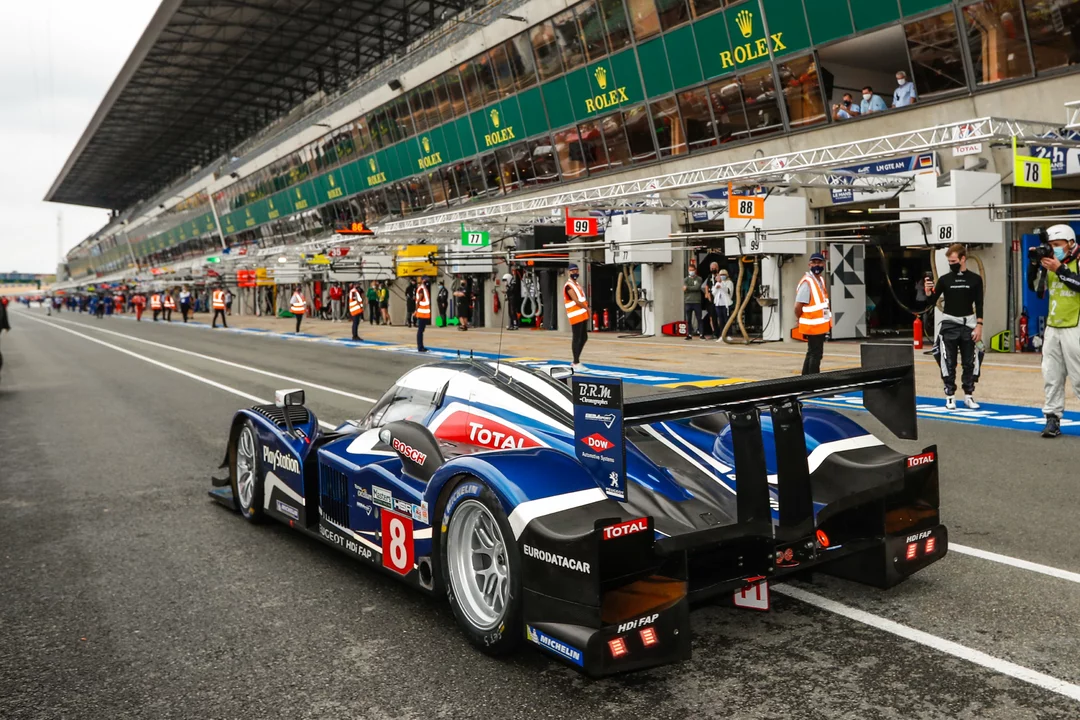May 2023 Motorsport Highlights: Smart Car Choices for Young Drivers & Why Le Mans Is a 24‑Hour Test
Hey speed fans! May brought two pretty different topics to the hub – a quick rundown on what car makes sense for someone just starting out, and a plain‑English look at why the famous Le Mans race lasts a full day. Both posts aim to give you clear, useful info without the jargon.
Best Car for a Young Person – What to Look For
If you’re under 30 and hunting for your first set of wheels, think of your car like a toolbox. You want the basics that get the job done without breaking the bank. First up, price matters. A lower‑priced model means less debt and more cash for insurance, fuel, and those inevitable maintenance bills.
Fuel efficiency is the next big win. A car that sips gas lets you travel farther on every tank and puts extra dollars back in your pocket. Look for models that list under 30 mpg combined – most modern small hatchbacks and compact sedans hit that mark.
Safety can’t be an after‑thought. Check crash‑test ratings from agencies like Euro NCAP or the IIHS. A high safety score usually translates to better airbags, electronic stability control, and stronger body structures. Those features protect you and may even lower your insurance premium.
Speaking of insurance, younger drivers pay higher rates. Some insurers give discounts for cars equipped with anti‑theft systems or driver‑assist tech. When you compare quotes, toss those features into the mix – they can shave off a decent chunk of the monthly cost.
Size matters too, especially if you’re city‑bound. A compact car slides into tight parking spots and makes narrow streets less stressful. Maneuverability also helps on winding roads, giving you more confidence when you’re still mastering the feel of a vehicle.
Finally, think about reliability. Brands with a reputation for low maintenance hassle, like Toyota or Honda, often deliver a smoother ownership experience. A reliable car means fewer surprise trips to the garage and more time on the road.
Why Le Mans Stays 24 Hours Long
Le Mans isn’t just a race; it’s a marathon for machines and people. The 24‑hour format was chosen back in 1923 to push the limits of endurance. By running through day and night, the event tests how well a car can keep going when everything’s wearing down.
Endurance racing forces engineers to balance speed with durability. Teams can’t just slap on the most powerful engine and hope for the best – they need parts that survive prolonged heat, wear, and fatigue. That pressure drives real‑world tech advances, from better brakes to more efficient fuel systems.
Drivers also get a workout. Switching crews every few hours keeps fatigue in check, but each stint still demands focus. The race highlights teamwork: pit crews, engineers, and drivers all coordinate to keep the car running smoothly for a full day.
From a fan’s perspective, the length is pure spectacle. You get to watch cars blaze through sunrise, blaze under stadium lights, and then tackle the night’s cooler temps. Weather can change on the fly, adding a layer of strategy – teams might toss in rain tyres or adjust fuel mixes on the spot.
In short, the 24‑hour grind makes Le Mans the ultimate proving ground. It shows which manufacturers can build cars that are fast, reliable, and adaptable – qualities that eventually trickle down to the cars we drive every day.
So whether you’re picking a first car or curious about why a race runs nonstop for 24 hours, May’s posts gave you the basics without the fluff. Got a favorite budget car or a Le Mans memory? Share it in the comments – the community loves hearing real stories from real fans.
For a young person, what do you think is the best car to buy?
- Landon Speedwell
- on May 12 2023
- 0 Comments
Why is Le Mans a 24-hour race? Why is it so long?
- Landon Speedwell
- on May 5 2023
- 0 Comments
Le Mans is a 24-hour race to test the endurance and reliability of both cars and drivers, pushing their limits in a day-long marathon. This iconic event began in 1923 and has since become a symbol of the ultimate test of automotive technology and driver skill. The race's length emphasizes teamwork, strategy, and efficient energy management, which are crucial factors in motorsport. It also provides a unique spectacle for fans, as they get to witness the cars racing through day and night, with ever-changing weather conditions. In summary, Le Mans is a monumental challenge that showcases the best of motorsport in a thrilling 24-hour-long race.

